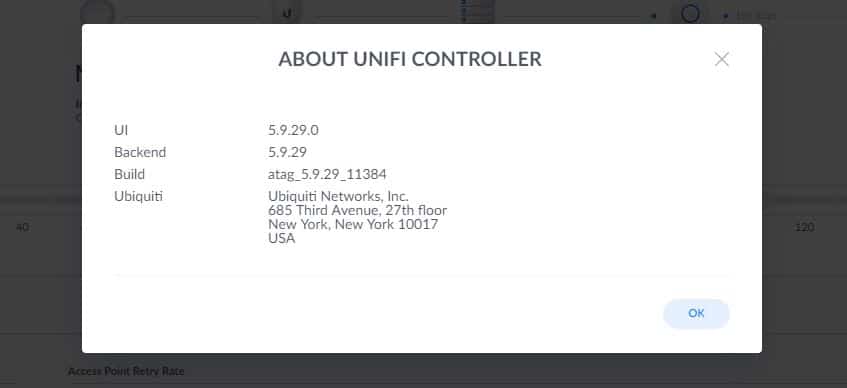
Unfortunately this software requires Oracle Java 8.
#Unifi controller raspberry pi how to#
Ive been trying to follow UniFi - How to Install and Update via APT on Debian or Ubuntu to install the Ubiquiti UniFi Network Controller to monitor my WiFi network, which uses a Ubiquiti access point. One option is to purchase a small device from Ubiquiti called a Cloud Key that has the management software pre. I have a LABISTS Raspberry Pi 4 B Model B 4GB with Raspbian 10 installed (Buster). One component that was required was a small server to manage the access point, a Unifi AP AC Pro.
#Unifi controller raspberry pi upgrade#
I have setup new networking equipment to provide a large upgrade to my home network. Installing UniFi on Raspberry Pi In this post we will cover how to install the UniFi Controller by Ubiquiti Networks on the Raspberry Pi. Sudo apt-get install apt-transport-https -yĮcho 'deb stable ubiquiti' | sudo tee /etc/apt//100-ubnt-unifi. on Raspberry Pi (2011) model B as Unifi Controller. Sudo apt-get install openjdk-8-jre-headless -y The following article explains how to use the prune script in order to remove statistics that are older than X number of days, including alarms, events, guest entries, detected rogue APs, known clients, expired vouchers, and traffic statistics. Let’s go! sudo apt-get update & sudo apt-get upgrade -y & sudo apt-get autoremove -y & sudo apt-get autoclean -y A UniFi Network application managing many devices or logging many clients may become very large over time if left unchecked.



We’ll update the Raspbian installation, add the necessary packages ( openjdk8) circumvent the slow startup time which occurs because of the lack of harvesting mouse movement as base for randomness ( haveged) and finally, add the UniFi repo and key to our sources and install the controller itself. CloudKeys are nice – but if we already have a Raspberry lying around, why not use that to host the UniFi Controller? Here are the steps to do so.


 0 kommentar(er)
0 kommentar(er)
